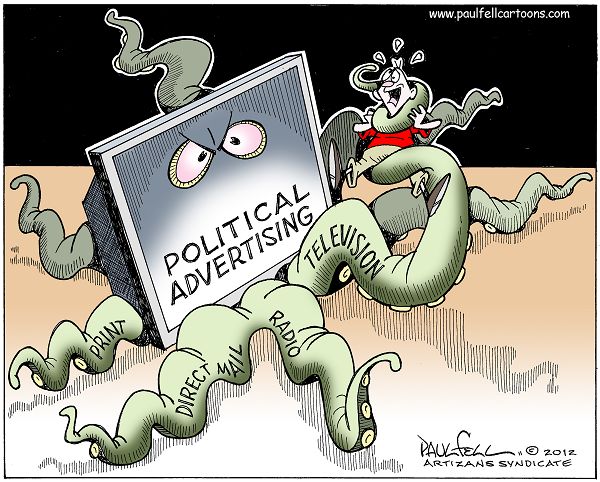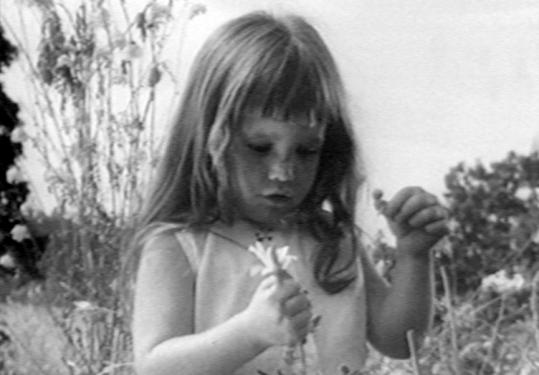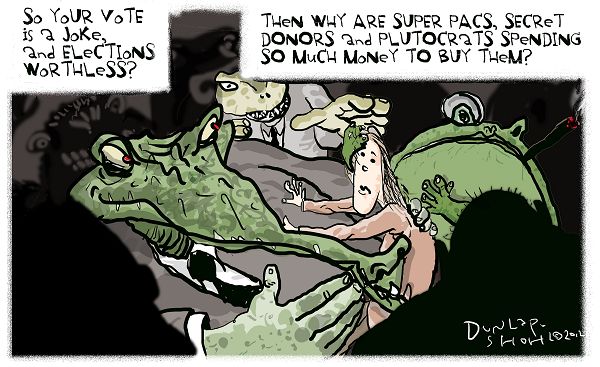

Michael Lewis in his 2003 book Moneyball wrote in-part about how baseball has become an unfair game controlled by the big-spending teams. The same can be said of our political system, and the problem is only getting worse.
Article I of the Constitution contains the following:
After the first enumeration required by the first article of the Constitution, there shall be one Representative for every thirty thousand, until the number shall amount to one hundred, after which the proportion shall be so regulated by Congress, that there shall be not less than one hundred Representatives, nor less than one Representative for every forty thousand persons, until the number of Representatives shall amount to two hundred; after which the proportion shall be so regulated by Congress, that there shall not be less than two hundred Representatives, nor more than one Representative for every fifty thousand persons.
In short, the Constitution called for proportional representation in the United States Congress. The Framers' intent was to keep the lower house close to the people, and to faithfully represent our interests. Each Representative was only supposed to represent 50,000 - 60,000 citizens. However in 1929, Congress passed a law called the Reapportionment Act, largely designed to prevent many of them from losing their seats to redistricting. This bill allowed the political parties to draw their own districts, which clearly isn't in our best interest, as it allows them to build their own constituencies and preserve their duopoly. It also capped the House of Representatives at 435 members, despite the fact that the population of the United States continued to grow. Now we're close to one member for every 700,000 citizens. According to Article I we should have a Congress with somewhere between 6,000 and 10,000 members. Unwieldy maybe, but the alternative is the status quo, and we know what that's like.
Because the ratio of representatives-to-voters is so out of whack, intermediaries have become necessary: unions, lobbyists, special-interest groups, PACs, SuperPACs, etc. Together they raise and spend millions, and with only 435 members of Congress, only 218 are needed to pass any given bill, in a nation of over 300 million. That makes it relatively easy for a lot of a attention to be showered on Representatives by these full-time lobbyists, crowding out your voice.
For one measurable example, there's the American Jobs Creation Act of 2004. For every dollar a company spent on lobbying for this bill, that company received $220 back in tax benefits.
Elections however, are the biggest problem. With districts as large as they are, winning votes is very difficult, and has become very expensive. As a challenger you simply can't knock on enough doors or talk to enough people, so you need to resort to mass media and direct mail, both very expensive forms of top-down communication that can reach the numbers required. This shuts out a lot of highly qualified potential politicians, and rewards only those who can raise, or already have, a lot of money.
Raising money often means raising money from a small number of wealthy donors, who will want access after the election, as well as special interest groups who can deliver a lot of votes, but will not do so in the next election if their agenda isn't adhered to. This takes a sizable portion of any legislator's agenda out of the public square. Incumbents have a huge advantage simply from name recognition alone.
It wasn't always this way.
Before mass media, there was a level playing field. The campaigning technology available to candidates was whistle-stops and retail politics. Even in the early days of television, political ads were more like news broadcasts where politicians just read speeches into the camera.

In 1964 we saw the unfortunate invention of the political attack ad by DDB, the infamous Daisy Ad. It contained nothing useful about Lyndon Johnson, simply a very scary suggestion that by voting for his opponent Barry Goldwater you were inviting nuclear catastrophe. It was the first time the medium of television was used to maximum emotional effect. Ever since, attack ads have been standard issue. Politics became much less reliant on convincing people that you were the right man or woman to represent them, and more about raising money in order to run ads. Money has become a proxy for votes, and (just like in baseball) the richest candidate wins. Sure there are a few exceptions, like the A's once again who defied all odds to win the AL West this year with a $49 million payroll, but the final four teams in this year's playoffs all have payrolls over $110 million.
This is 200 years of progress.
I don't think this is what our Framers intended to happen. So with all of this stacked against us, what do we have? We now have social media to assemble. We have new means to assemble large numbers of voters that aren't limited by transportation technology, or how many people fit in a room. We have the means to replace donor-candidate-media-voter with voter-to-voter. By using social media to effectively win votes, we can break the stranglehold of big money and mass media on our elections.
Whereas mass media is top-down, expensive, controlled by very few, and reinforces a command-and-control political organization, social media is many-to-many, cheap, accessible, the message can evolve, and enables the self-organization of voting blocs.
Also, the voter and consumer data that has enabled large-scale micro-targeting since the early 2000s is no longer über-expensive and privy to just political parties and large PACs. Your friends are on Facebook telling you what matters to them. Voter roll data is now available for free from Votizen, so you can see which of your friends are registered to vote, and register the friends who aren't. Television watching is on the decline, and Internet and cell phone usage is rapidly rising. The people who master community-building on social media are the center of a new political order that's coming. It may take five years, or 10, but it's coming. In the 2012 election, the presidential campaigns are now directly reaching out to influential twitter users asking for them to pass along their messages. They're on our turf now, not the airwaves.
Today, donors and their agendas dominate, negative ads dominate, and politicians are forced to satisfy donors to continue to get their money to buy votes. Tomorrow, you are the new power-broker, spreading positive messages about the candidates you choose, only if you agree with their vision, and politicians will be accountable to you if you've built a community or use your voice.
Outfriending will beat outspending.
It's time to get started. I could understand voter apathy before these tools existed, but no longer. You can get involved locally, meet and vet your candidates, and build communities without leaving your house. You have the power now.
